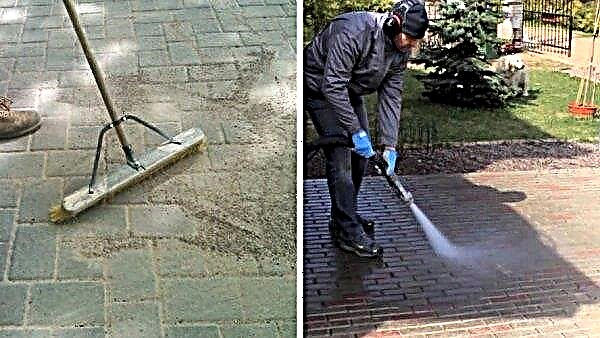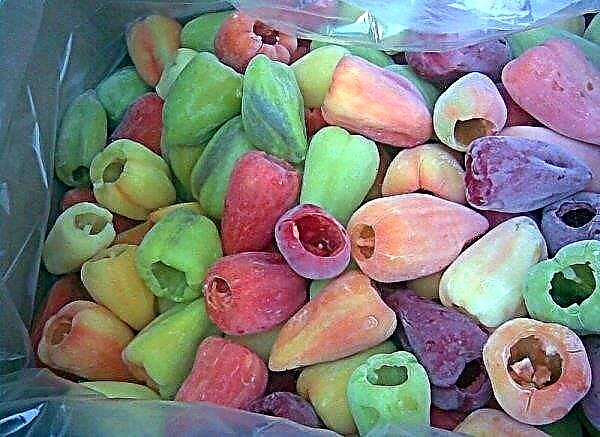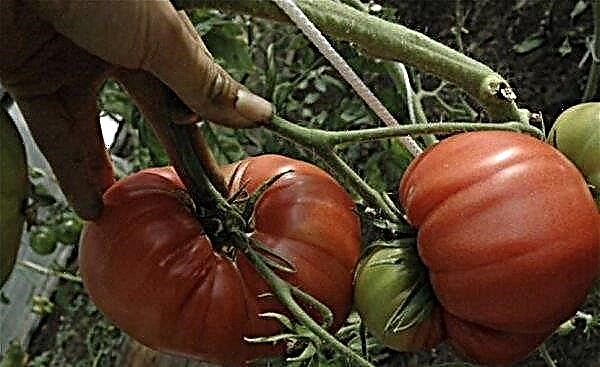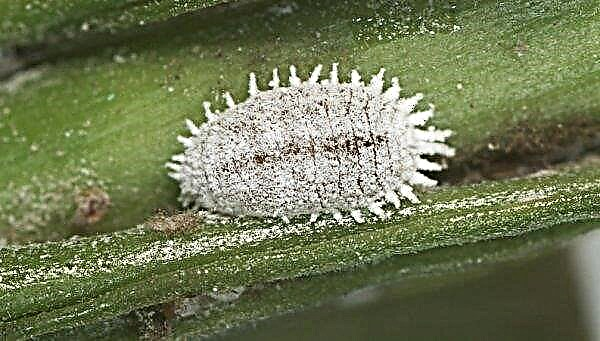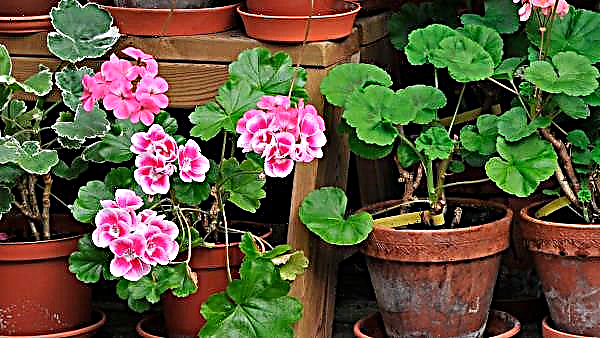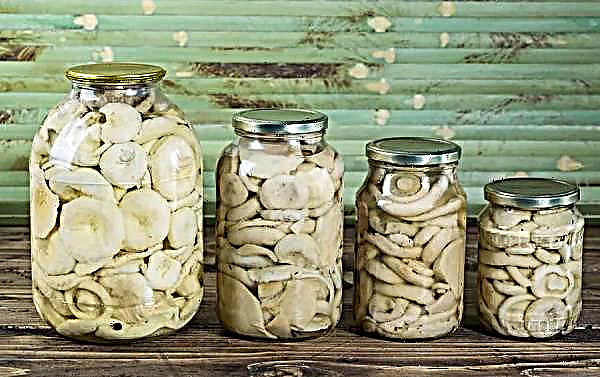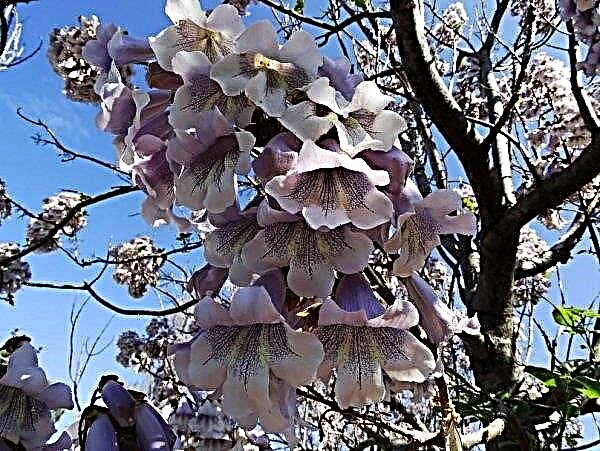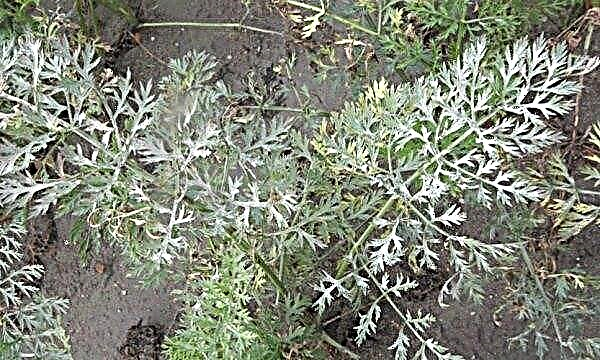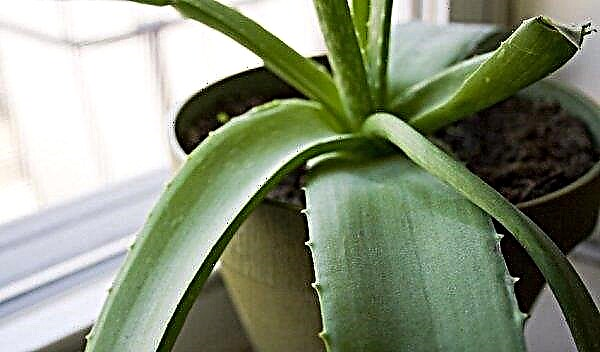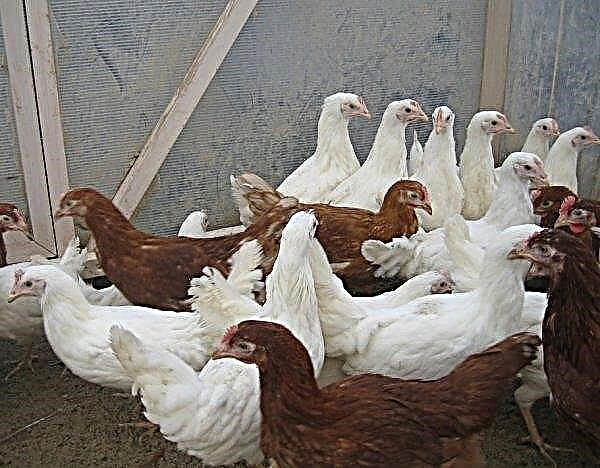When growing bulb flowers, for example, tulips, there is an interesting way of planting using plastic baskets. These containers are sold in any garden store at an affordable price. What are the advantages of this method, how to do it correctly, and what is needed for this - we will consider further.
The benefits of such a fit
- When growing tulips in baskets, there are a number of advantages:
- They do not “creep” uncontrollably through a flowerbed in open ground and do not go deep.
- When digging, the bulbs will not be damaged by a shovel.
- Fertilized soil can be made locally in the basket.
- When digging, the roots of neighboring plants are not damaged.
- After flowering, you do not need to wait until the middle of summer to dig up the plant. It is enough to transfer it after flowering to another place with a basket, and the ugly upper part will not spoil the decorative appearance of the flowerbed, and the bulbs will continue to ripen.
- Baskets protect varietal planting material from rodents.
Planting methods and how to plant
Baskets come in different sizes: large, in diameter more than 30 cm, and small, in diameter up to 20 cm. Longitudinal cuts are placed on the walls and in the bottom of such containers. You can fit vegetable boxes or 5 liter plastic bottles for planting.
Important! If after planting, sprinkle the bulbs with sawdust moistened with tar, this will protect the planting material from rodents.
What you need for landing
For planting planting material you will need:
- bulbs of tulips;
- plastic baskets or containers that replace them;
- purchased soil or fertilizer;
- shovel.

Material preparation
Bulbs are dug up in the middle of summer after the land shoots are completely dry. Landing is carried out in September-October, when the average air temperature drops to +5 ... + 7 ° C. Before planting, the material must be inspected and calibrated. The rotten and diseased material is discarded. The remaining is divided in size into three parts.
Important! Tulip bulbs do not need to be peeled before planting.
Planting material needs to be disinfected. To do this, it is soaked for half an hour in a weak solution of potassium permanganate or treated with a fungicide according to the instructions. After this, you must immediately proceed to the landing. Large tulip bulbs should be planted at a distance of at least 15 cm.

A light fertile soil is suitable for tulips, neutral or slightly alkaline in acidity. If the soil on the flower bed does not meet such requirements, then you can purchase it in a store or fertilize it. For this, humus (5 kg per 1 m²), superphosphate (80 g per 1 m²), nitroammophosk (50 g per 1 m²), ash (20 g per 1 m²) are suitable. Vermiculite can be used to improve soil structure.

Traditional landing
To bloom abundant, you should choose sunny areas.The best period for planting tulips is autumn. But you can plant in the spring, until the beginning of April. If the process is delayed until June, then the bulbs will not have time to ripen and may die. In early spring they can be put in baskets and kept in the cellar. And after the retreat of spring frosts, containers can be planted in the flower garden.
The landing should be carried out in stages:
- At the bottom of the basket, pour a small layer of soil.
- Vertically place the planting material to a depth equal to the three heights of the bulb.
- Fill the tank to the top with soil.
- Place the basket in the excavated recess of the required size and cover it with earth.
- Landing sites to mulch.
If planting is carried out in early spring, then mulch in the summer will help to maintain moisture, and if in the fall, it will protect the bulbs from freezing in winter. In the spring, bark, pine cones are used as mulch, in the fall - fallen leaves, straw.
Did you know? Such a period as “tulip mania” is known in history. It lasted from 1634 to 1637 in Holland. Then the bulbs of rare varieties cost more than the house.
Landing patterns
Large numbers of tulips look beautiful on a flowerbed. For planting patterns, small-diameter baskets are better. Then in each capacity you can place 2 or 3 onions. The flowerbed should be divided into sectors using a rope and a peg. To flowering was a solid carpet, baskets should be planted symmetrically. Planting material of tulips can be alternated with other bulbous plants, then the variety of flowers will be large.
Video: Planting Bulbs in Baskets
Multi-level landing
In large baskets, you can plant several bulbs with respect to the distance between them. For tulips, this is at least 10 cm. You can also plant plants in 2-3 tiers in compliance with the rules of planting depth. Large bulbs are planted at the very bottom and lightly sprinkled with soil. Next, medium-sized specimens are planted and sprinkled with a small layer of soil, and small ones on top. All this is falling asleep and waiting for germination.
Did you know? In addition to tulip fever in history, there was a dahlia - in 1838 in France, gladiolus - in 1912 in the Netherlands, "mania" of odorous lily - in 1980 in China. Each of them ended in a collapse in bulb prices and ruin.
Planting in the middle of a green lawn
If you wanted to decorate the green lawn with tulips in the spring, you can do it this way:
- Remove a part of the lawn commensurate with the size of the basket.
- Dig the soil to place the onion container.
- Cover everything with earth and water it.
- Place the removed lawn in the same place.

Proper flower care
Special care for these flowers is not needed. But in dry weather, tulips should be watered. After this, the soil needs loosening and removing weeds. If fertilizers were applied during planting, then they should not be abused. Abundant top dressing can increase the acidity of the soil, and tulips will not like it. If fertilizers were not applied, then in the season they feed three times with liquid mineral fertilizers for bulb plants.
The use of plastic baskets for planting bulbous plants is a convenient innovation in modern floriculture. You need to try to grow tulips in this way on your site, because the bulbs need to be dug almost every year. This increases their size, and, consequently, the size of the flower, and reduces the spread of plant diseases. Baskets will help speed up the planting process and make it less time consuming.

